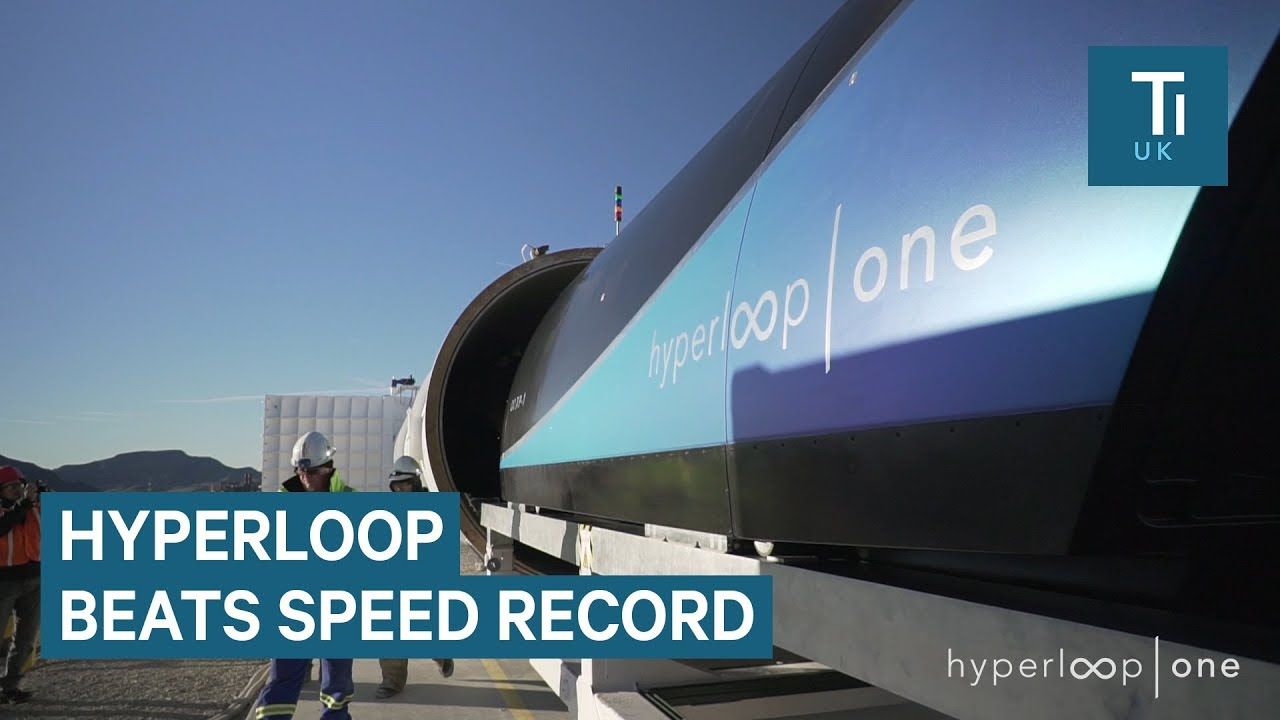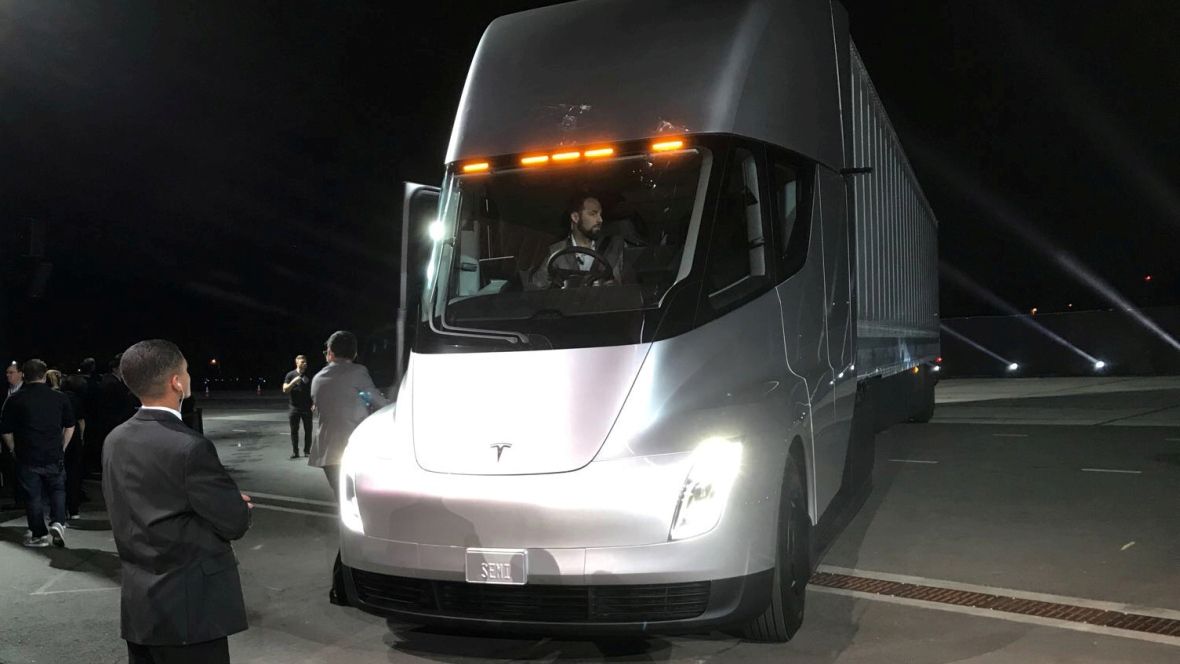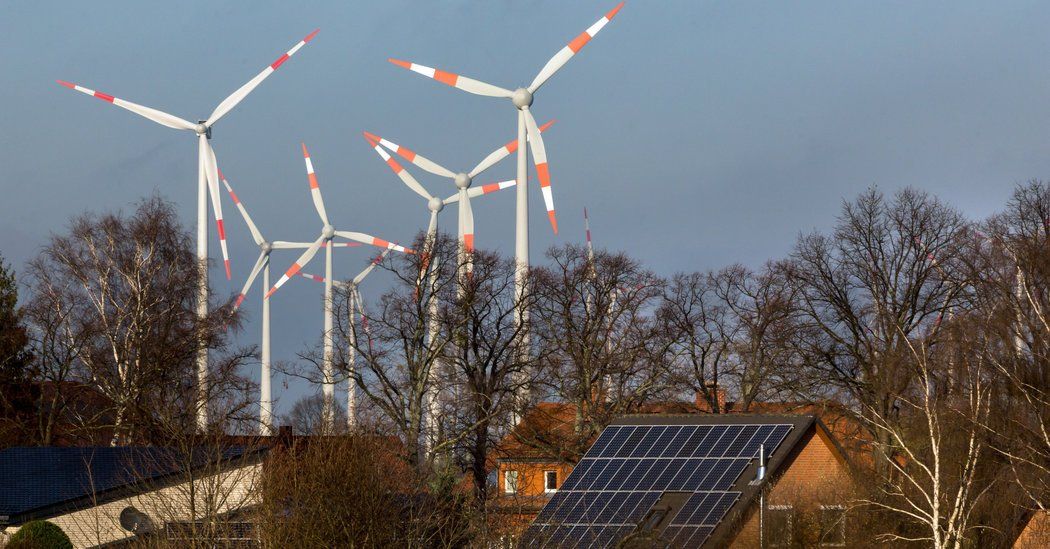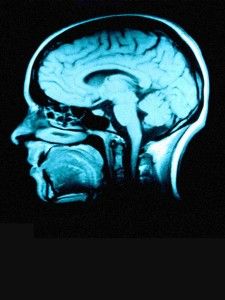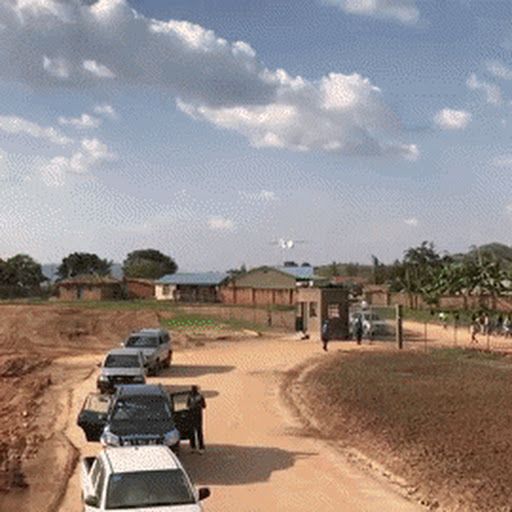Virgin Hyperloop One set a test speed record of nearly 240 miles per hour during its third phase of testing at its site in Nevada.
The company also tested a new airlock which helped transition test pods between atmospheric and vacuum conditions during a test campaign which was completed on December 15, 2017.
The tests were conducted in a tube depressurized down to the equivalent air pressure experienced at 200,000 feet above sea level.
A Virgin Hyperloop One pod quickly lifts above the track using magnetic levitation and glides at airline speeds for long distances due to ultra-low aerodynamic drag.
